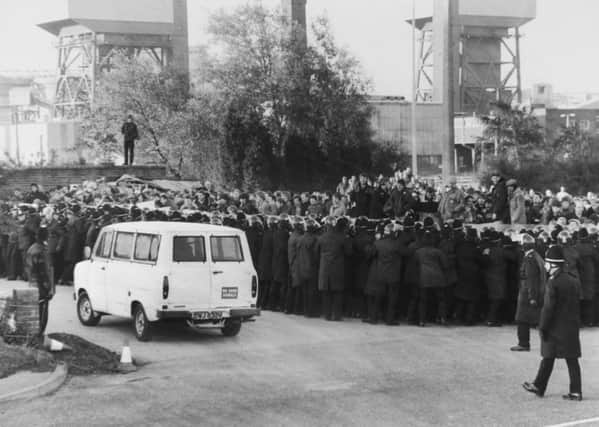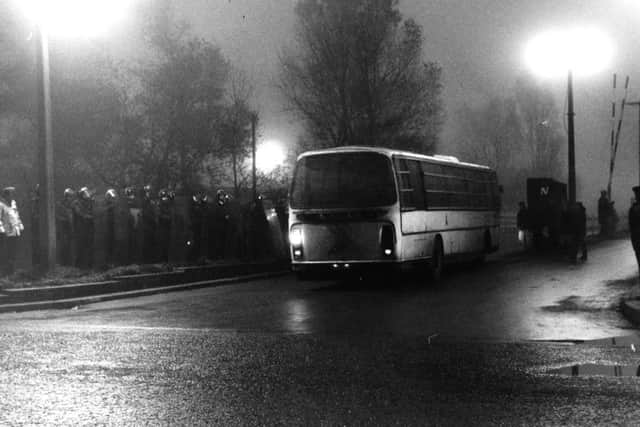Kellingley: British coalmining’s key dates in history
This article contains affiliate links. We may earn a small commission on items purchased through this article, but that does not affect our editorial judgement.


3,500 BC: Evidence of coal collection and usage in China
200 AD: Romans adept at using coal across Europe, often sourced from Britain and the Rhineland


13th century: Magna Carta records trade in sea coal in Northumberland and Scotland
Advertisement
Hide AdAdvertisement
Hide Ad14th century: Coal is mined on a small scale across the UK, predominantly for use by artisans. Edward III licences sale of British coal to France
1306: Use of sea coal banned in London because of pollution levels. Artisans instructed to use wood or charcoal
1575: First coal mine sunk under the sea on the Firth of Forth
1700: British coal output estimated at 3m tons to meet demand for fuel to power steam engines
Advertisement
Hide AdAdvertisement
Hide Ad1775: Output increases to 6.5m tons as more deep mines sunk. Northern England, Staffordshire and South Wales become centres of the mining industry
1800: Use of wooden props to support underground tunnels introduced
1815: Sir Humphrey Davy invents the miners’ safety lamp which can detect methane gas. Number of underground explosions and gassings reduced significantly.
1830: Output increases to over 30m tons
1866: 388 men killed at the Oaks pit in Barnsley, Yorkshire’s worst mining disaster
Advertisement
Hide AdAdvertisement
Hide Ad1888: Miners’ Federation of Great Britain, the precursor to the National Union of Mineworkers, founded
1913: 439 miners killed in underground explosion at Senyghenydd colliery, South Wales
1926: Miners’ concerns over pay and dangerous conditions is a key factor in General Strike
1947: Privately-owned coal mines nationalised under the auspices of the National Coal Board
Advertisement
Hide AdAdvertisement
Hide Ad1970s: Coal mining becomes increasingly uneconomical as gas, oil and nuclear power supplies increase
1974: Miners win 35 per cent pay increase to end a four-week strike that brought country to a standstill and led to demise of Edward Heath’s Conservative Government
1983: Britain has 174 working coal mines
March 1984: 140,000 miners strike in protest at radical reforms of the industry by the Conservative Government led by Prime Minister Margaret Thatcher
March 1985: Strike ends with victory for Mrs Thatcher. Miners return to work
Advertisement
Hide AdAdvertisement
Hide Ad1988: National Coalmining Museum for England opens on site of Caphouse Colliery, Wakefield
1994: Coalmining industry privatised. Grimethorpe in South Yorkshire ranked as the UK’s poorest settlement
2009: Britain has just six working coal mines
2013: 50m of the 60m tons of coal burned in Britain annually is imported
December 2015: Kellingley Colliery, the UK’s last deep coal mine, closes.
Read more
Advertisement
Hide AdAdvertisement
Hide AdRead more: http://www.yorkshirepost.co.uk/business/kellingley-sense-of-defiance-remains-as-yorkshire-pit-closure-signals-end-of-an-industry-1-7624811#ixzz3uNt9dXRc